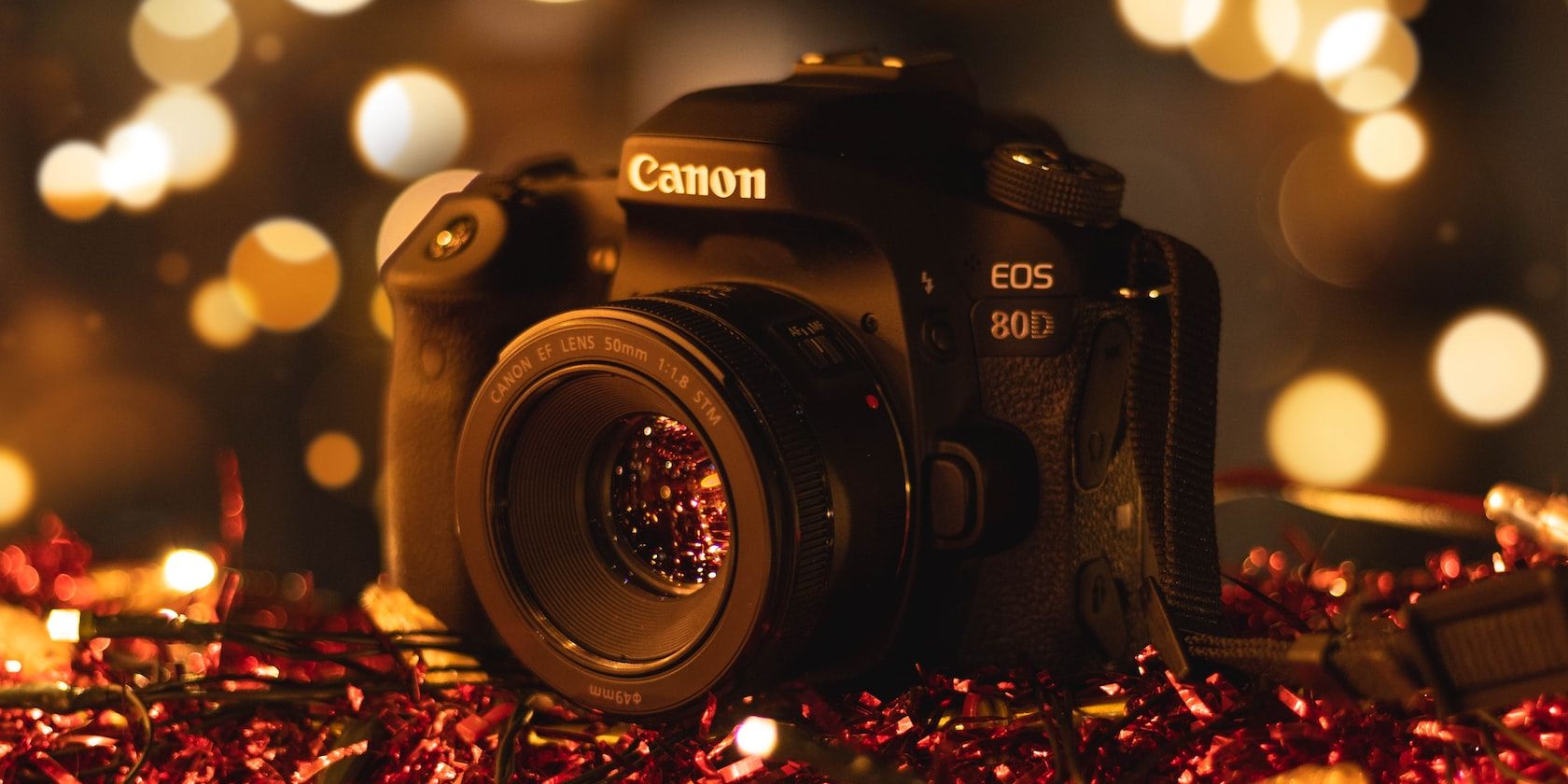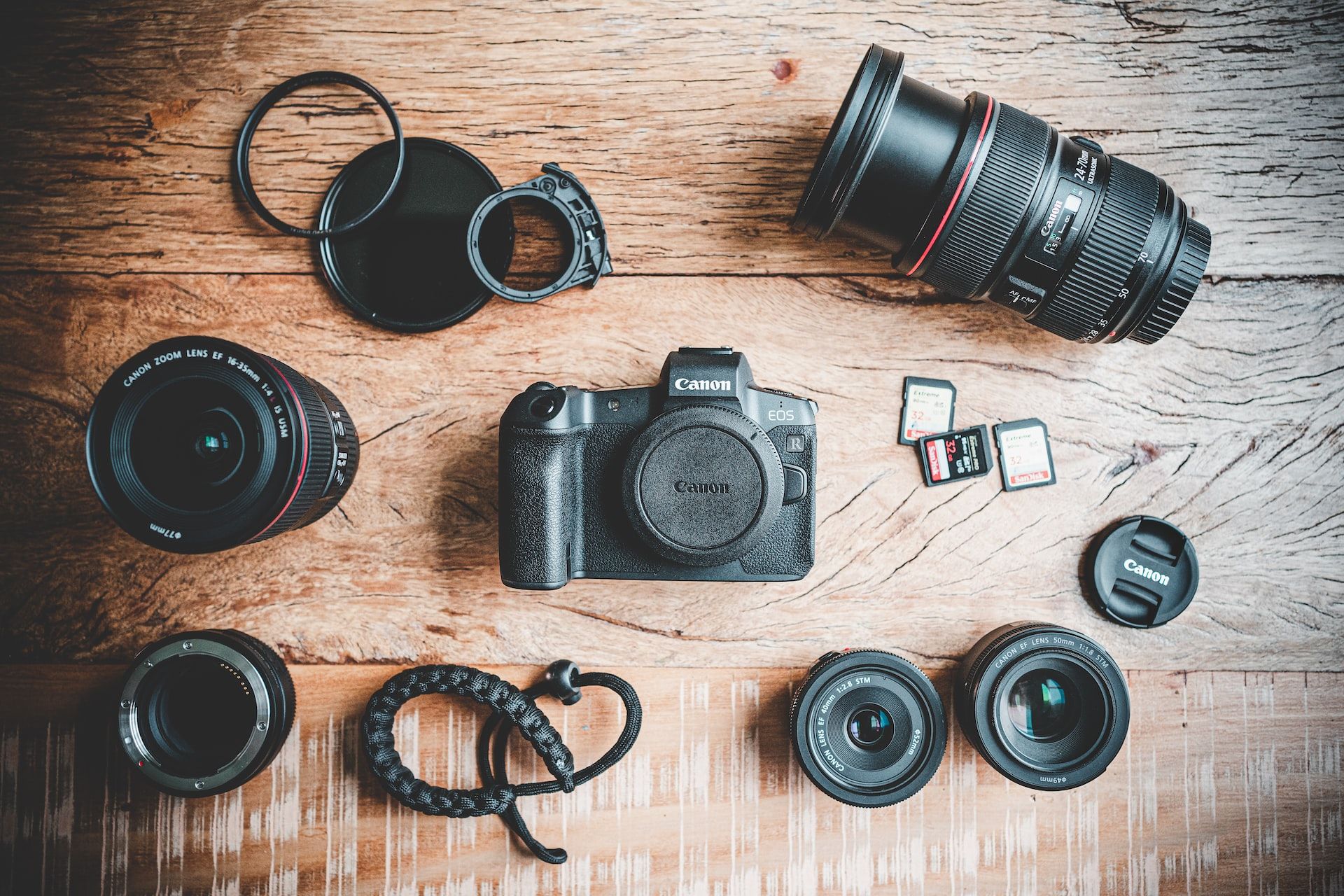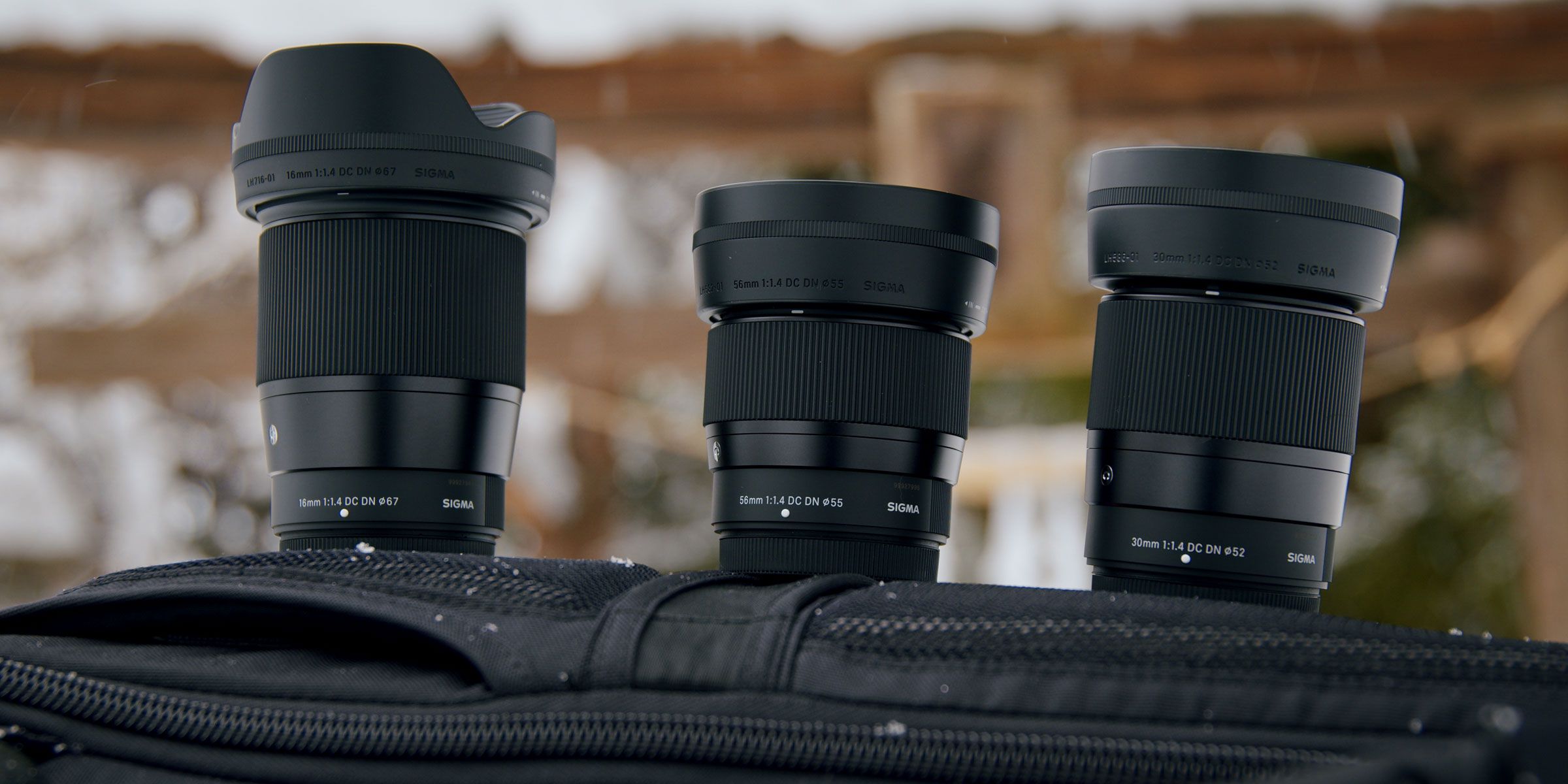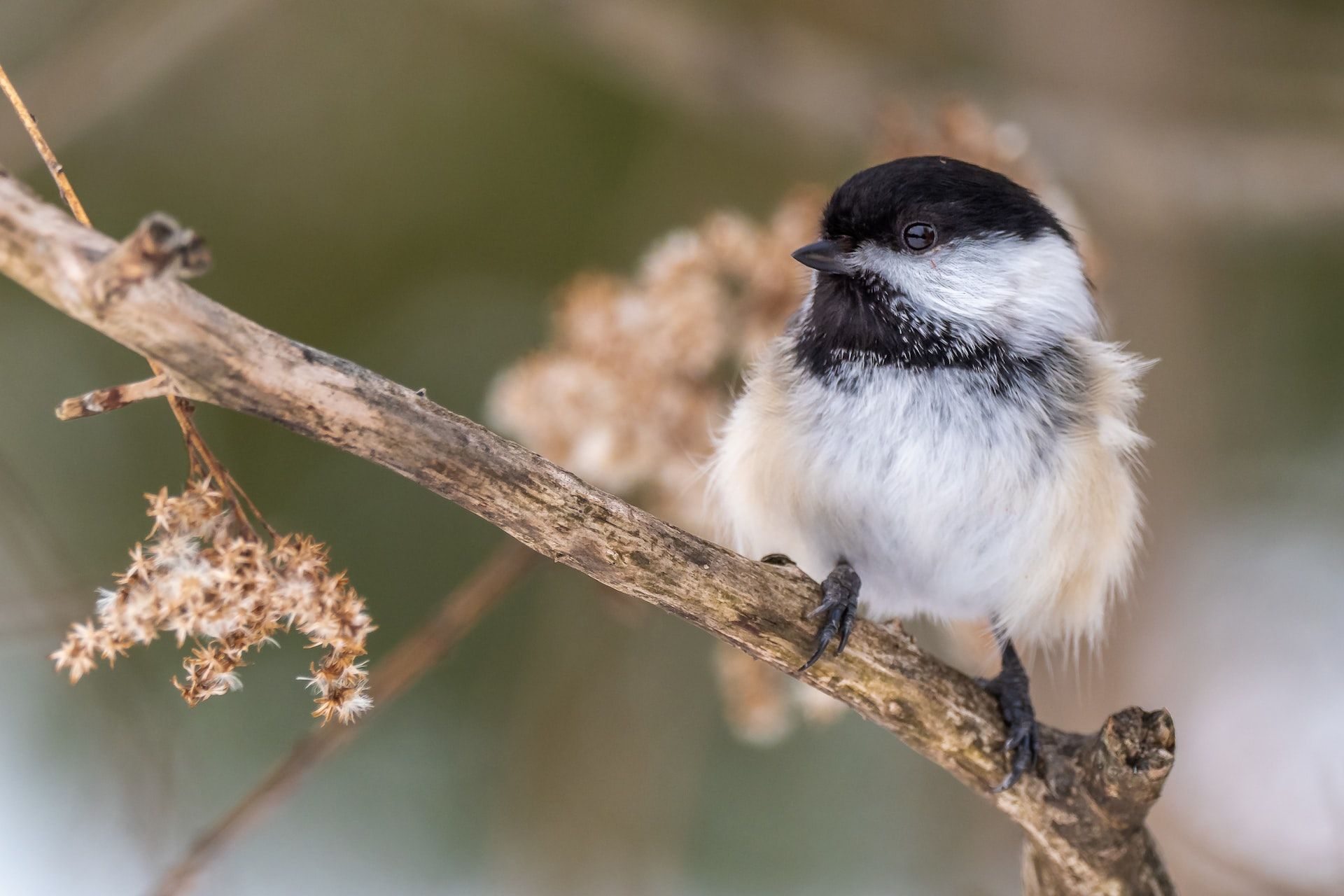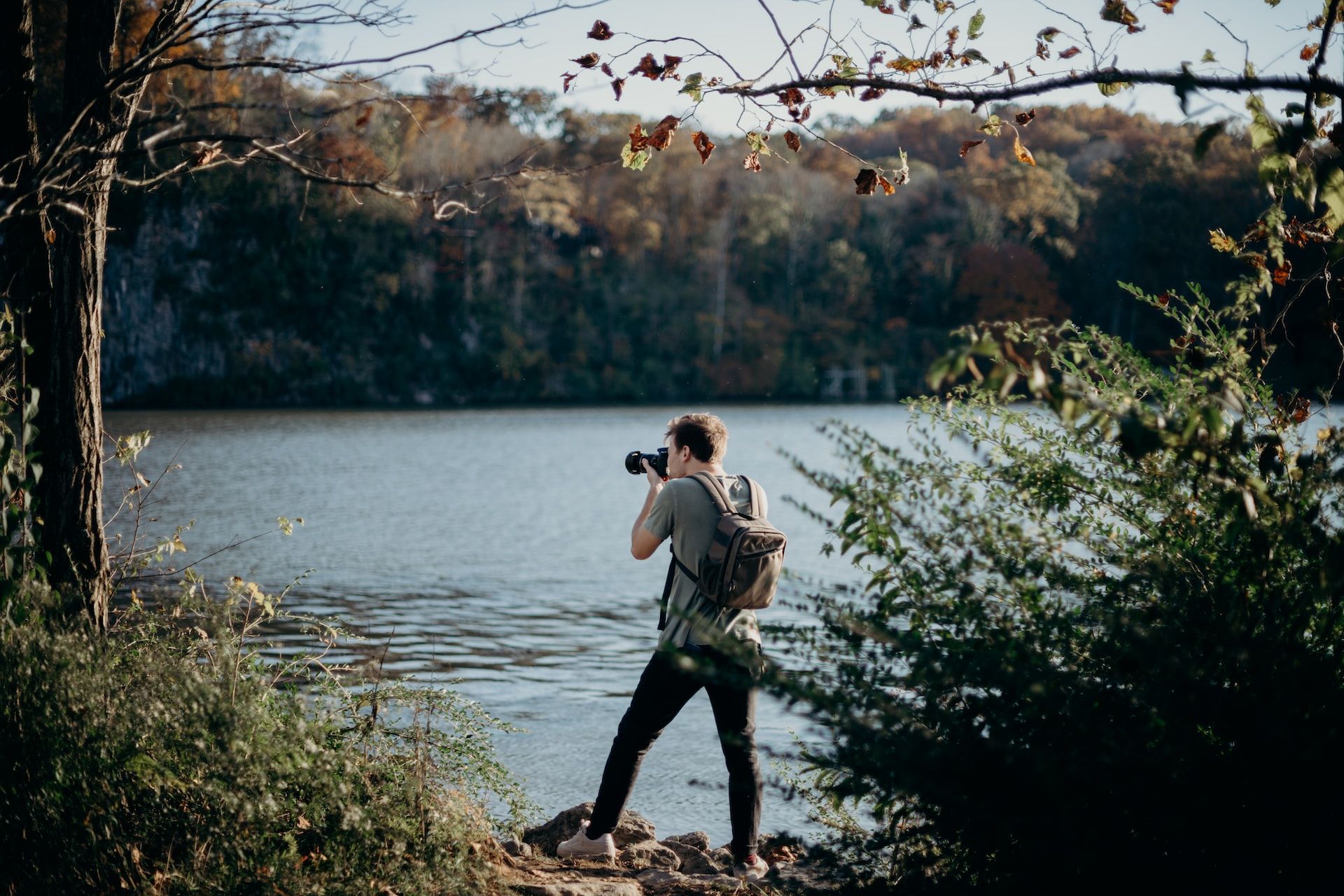Modern full-frame DSLR and mirrorless cameras have gotten incredibly good and shoot amazing photographs, but when you compare them side by side with their APS-C predecessors, you'll notice how much more expensive they are. So do you really need a full-frame camera, or is your crop sensor camera good enough?
Here's why we don't think you need to upgrade to a full-frame camera.
1. Photo Quality
There's a misconception that the sharpness and overall quality of a photo are a result of the camera body. While the camera body does play a part, what makes a much bigger difference is the lens.
When using the same lens on a crop sensor body, such as the Canon M50 Mk II, and on a full-frame, such as the EOS RP, you won't notice much of a difference in quality with certain photos. You can get just as sharp photos with your APS-C camera as with a full-frame.
Where you will notice a difference is dynamic range. Due to a full-frame camera having a larger sensor, and thus larger pixels, it can do much better exposing your image in tricky situations.
This would be the case if you're shooting a subject indoors next to a window and want to expose what's outside. An APS-C camera may only be able to expose your subject, while the full-frame will be able to properly expose both your subject and what's out the window.
2. The Client Doesn't Care About Your Gear
Another big misconception is that you'll get more clients with a full-frame camera or that you'll appear more professional with one. In reality, the client cares simply about the quality of your work, not the camera you're using. A client will be sold when they see the kinds of photos you can produce for them that they find stunning.
Most people don't know anything about cameras and won't care if you shoot with a Canon M50 or a Canon 5D Mark IV. Focus on the story you tell with your photos and learn how to beautifully edit them, and that alone will attract future clients.
3. Crop Sensor Cameras Are More Compact
A benefit of having a smaller sensor is that it comes in a more compact camera body. This makes it easier to vlog in public places, set up on smaller tripods, and contributes to a much lighter camera bag overall. Crop sensor mirrorless cameras are a fantastic example of this. The Canon EOS M-line of cameras are incredibly compact and produce amazing photos and video.
The lenses that are made natively for the EOS M-line of cameras are also designed to be lightweight, which encourages you to bring your camera everywhere. Full-frame cameras are great, but they come in a much heavier package overall with larger bodies and lenses, which discourages some from taking them wherever they go.
4. More Affordable Lenses
Crop sensor bodies are cheaper to buy than full-frame, and that trend continues with the lenses. The Canon EF-M lenses aren't only designed to be lightweight, but they're affordable too since they're being bought by individuals who own more affordable camera bodies.
Canon's EF-M 55-200mm telephoto lens is lightweight and around $349; compare this to the EF 70-200mm for full-frame cameras that costs over $1500. Third-party companies also make some fantastic, affordable lenses. Sigma has three high-quality lenses for the M50: the 16mm f/1.4 for $400, the 30mm f/1.4 for $264, and the 56mm f/1.4 retailing at $400 at the time of writing.
All of these lenses are affordable and allow those just getting into photography to build their kit over time with lenses at several focal lengths. Doing this with full-frame equivalents would be much more expensive.
Thinking about going for a Sigma lens? Check out some alternatives for the Sigma 18-35mm F1.8.
5. Get More Out of Telephoto Lenses
An upside of APS-C cameras is the crop factor; Canon has a 1.6x crop and Sony has a 1.5x. This means that any lens you put on your camera will be zoomed in by that crop factor.
For example, the Canon EF-M 55-200mm lens on the M50 body is equivalent to 88-320mm, getting you closer to wildlife and other subjects in the distance. Wildlife photography can be slightly easier on a crop sensor body for this reason.
The crop factor is a downside when you want an extremely wide-angle lens, however. A wide-angle 15mm lens on a full-frame will be 24mm on a crop sensor; it's still wide, but you won't be getting as wide as you may want. If you're someone who loves shooting landscapes and the night sky, a full-frame may be a better option.
6. The Limitations Force You to Shoot More Creatively
The limitations of your crop sensor camera allow you to focus more on learning real-world photography skills. This includes finding your style, learning how to better compose a shot, lighting your subject, and much more. You can also rent lenses to see how each affects your photos, which can help you narrow down what focal length you most enjoy shooting with.
After all of this, there's still an entire world of photo editing to learn. Teach yourself how to make your photos pop in Lightroom or get more creative in Photoshop; the sky is the limit, and these skills are more important than upgrading to a fancier full-frame camera.
Not Everyone Needs a Full-Frame Camera
Full-frame cameras have their place in photography; they have better dynamic range, tend to have more SD card slots, and have lots of buttons to give professionals a better workflow. A lot of new photographers may look at full-frame cameras simply because they're built for professionals and ignore the amazing APS-C cameras that are offered below them.
Every camera body has its pros and cons, so what really matters is the person behind the camera creating the art. Keep shooting with your APS-C camera and only upgrade when your camera body is what's truly limiting your potential.

